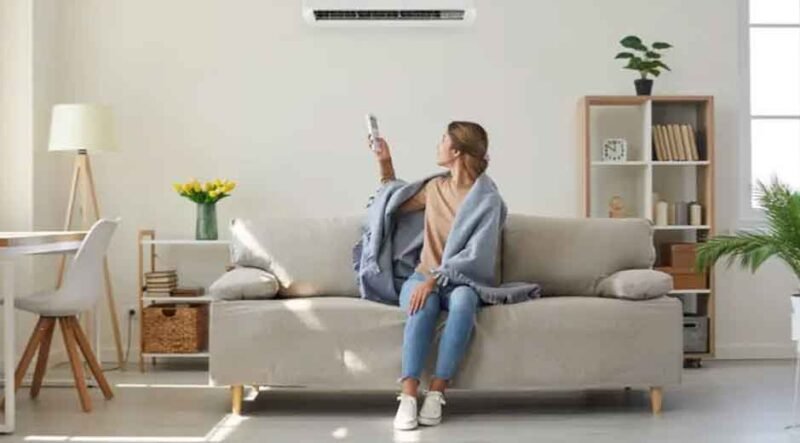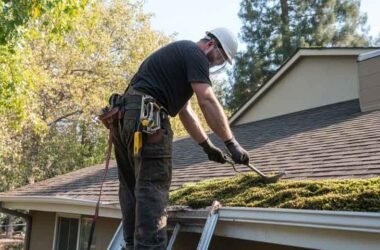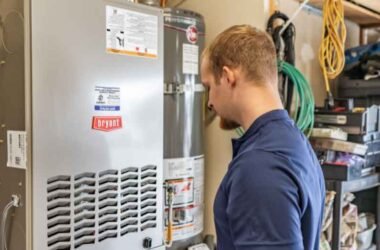Uneven cooling throughout a home is one of the most common issues homeowners face, especially during the peak summer months. While some rooms feel icy cold, others remain uncomfortably warm, creating frustration and discomfort. This imbalance can stem from several factors, including poor ductwork, thermostat placement, or even clogged filters. When an air conditioner struggles to distribute air evenly, it not only affects comfort but also efficiency, as the system works harder than necessary to maintain a consistent temperature. We will explore the causes of uneven cooling, how to identify them, and effective solutions to restore balance and comfort throughout your living space.
How to Fix Uneven Cooling Across Different Rooms
- Check and Replace Air Filters Regularly
One of the most common causes of uneven cooling in homes is a dirty or clogged air filter. When filters become congested with dust, pollen, and debris, the airflow through your system weakens. This restricted airflow means that certain rooms will receive less conditioned air, causing temperature inconsistencies. Changing your air filter every 30 to 60 days helps maintain proper air circulation and system performance.
In homes with pets or high dust accumulation, even more frequent changes may be necessary. Replacing filters not only ensures even airflow but also enhances indoor air quality and reduces strain on your AC system. By keeping this small component clean, you can significantly improve overall cooling consistency throughout your home without major repairs. Learn more about how regular filter maintenance can help your AC system run efficiently and evenly cool every room.
- Inspect and Clean Ductwork for Obstructions
Ductwork plays a vital role in distributing cool air evenly across every room. If the ducts are blocked, leaking, or poorly designed, some rooms will naturally receive less airflow than others. Over time, dust buildup, insulation damage, or loose connections can interfere with efficient air distribution. Regular duct inspections help identify these issues early. Professional duct cleaning can remove blockages and improve airflow, while sealing leaks with proper materials prevents air loss. If ducts are undersized or poorly routed, a technician can recommend modifications for better balance. Addressing ductwork issues not only solves uneven cooling but also helps reduce energy bills by allowing the system to operate more efficiently, keeping your entire home at a consistent temperature.
- Balance Airflow with Adjustable Vents and Dampers
Every room in your home has supply vents that deliver conditioned air. By adjusting these vents and using dampers, you can fine-tune the airflow distribution to suit your needs. Rooms that feel too cold can have their vents partially closed to divert more air toward warmer areas. Similarly, rooms that struggle to cool can have their vents fully open to increase air delivery. This balancing process may require a few adjustments to achieve the optimal comfort level throughout the home.
Additionally, cleaning vents ensures there is no blockage restricting airflow. It’s also wise to keep furniture or curtains from covering vents, as obstructions can disrupt even air circulation. These simple yet effective adjustments provide an affordable solution to address uneven cooling without requiring significant mechanical intervention.
- Evaluate Thermostat Location and Zoning Options
A poorly placed thermostat can cause inconsistent cooling across your home. For instance, if the thermostat is located near a window or a heat-producing appliance, it may misread the overall temperature, causing the AC to shut off prematurely. Relocating the thermostat to a central location can help it more accurately gauge the true indoor climate. Another effective solution is implementing a zoning system, which divides the home into separate cooling zones with individual thermostats.
Each zone can then be controlled independently, ensuring every area receives the precise cooling it needs. Zoning systems are particularly beneficial for multi-story homes where temperature differences between floors are common. Though it requires professional installation, zoning provides a lasting solution for eliminating hot and cold spots while maximizing comfort and energy efficiency.
- Check for Air Leaks Around Windows and Doors
Air leaks are often overlooked but can significantly contribute to uneven cooling. When cool air escapes through gaps around windows, doors, or vents, the affected rooms become warmer while others stay cooler. Performing a quick inspection with your hand near window edges or using a smoke test can help detect leaks. Sealing these gaps with weatherstripping or caulking prevents conditioned air from escaping and keeps outdoor heat from entering. Additionally, upgrading to energy-efficient windows can enhance insulation and minimize overall temperature fluctuations. Proper sealing not only ensures even cooling but also enhances the AC unit’s efficiency by reducing its workload. Over time, this simple step can lower energy costs and create a more comfortable indoor environment throughout your home.
- Address Insulation Problems in Walls and Attics
Poor insulation is another major reason for uneven cooling, especially in older homes. Rooms located above garages or with exterior walls tend to heat up faster because they lack sufficient insulation to block external heat. Adding insulation to walls, attics, and crawl spaces can help maintain consistent indoor temperatures. Materials such as fiberglass, spray foam, or cellulose are commonly used to enhance thermal resistance. Proper insulation works hand in hand with your AC system to ensure balanced cooling by minimizing heat transfer. This not only stabilizes temperatures across all rooms but also reduces energy waste. Over time, improved insulation leads to lower utility bills, extended equipment life, and a more comfortable home environment.
Uneven cooling is a common but solvable issue that affects comfort, energy efficiency, and indoor air quality. By understanding the root causes—ranging from clogged filters and ductwork problems to poor insulation or thermostat placement—you can take effective steps to restore balance. Regular maintenance, sealing air leaks, and adjusting vents are simple yet powerful measures, while zoning systems and equipment upgrades offer long-term solutions.









